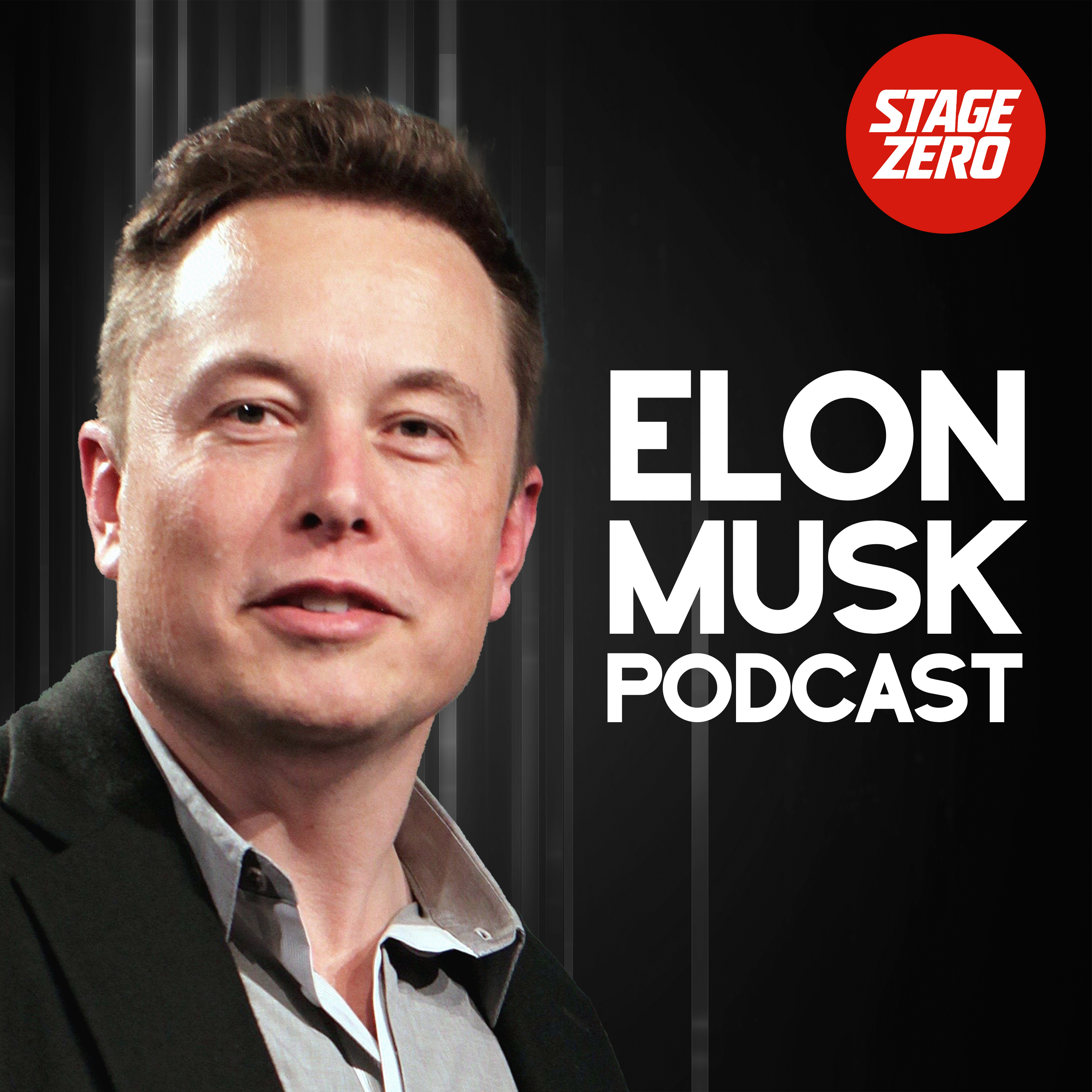SpaceX Starship Launch: the Aftermath of the Launch Pad
Podcast: Elon Musk PodcastPublished On: Tue Jun 20 2023
Description: In the early morning of April 20, 2023, an event occurred that transformed the quiet town of Port Isabel into the epicenter of a pivotal moment in space history. A behemoth, SpaceX’s Starship, the tallest and most powerful rocket ever flown, ignited the Texas sky on its maiden orbital test flight. The rocket, which broke a 50-year record held by the Soviet N1, was set to be a major milestone in SpaceX’s ambitious Starship development program. The program follows an iterative and incremental approach, where learning from each launch - successful or otherwise - is key to the project’s evolution. Prior to the launch, SpaceX officials clarified that their measure of success was based on "how much we can learn," and that not all mission events were required to transpire for the test to be deemed successful. The mission received acknowledgment from important public figures like NASA Administrator Bill Nelson and European Space Agency Director General Josef Aschbacher. Their congratulations signified the general perception that, despite the challenges faced, the launch played a significant role in propelling the Starship's development further. The launch’s agenda was for the Starship spacecraft to complete nearly one orbit around Earth before reentering the atmosphere, culminating in a controlled landing in the Pacific Ocean near Hawaii. The Super Heavy booster was planned to perform a similar landing in the Gulf of Mexico, around 20 miles off the Texas coast, roughly 8 minutes post-liftoff. Liftoff was scheduled at 08:33 CDT from SpaceX’s private launch site in Boca Chica, Texas. However, the sequence of events did not quite follow the planned trajectory. Unexpected damage to the launch pad and surrounding infrastructure triggered alarm bells, leading to a ripple effect in the Boca Chica State Park as debris scattered into it. The vehicle managed to pass max q and enter supersonic flight, but technical issues with the engines led to a series of unfortunate events. Lack of thrust and thrust vector control prevented any attempt at stage separation. Starship started to tumble, leading to the activation of the autonomous flight termination system (AFTS). Although AFTS failed to destroy the vehicle, an explosion occurred 40 seconds later, ending the flight prematurely, nearly four minutes in. But this isn’t where the Starship saga ends.
The note was deleted
The note was saved
Your message was sent
